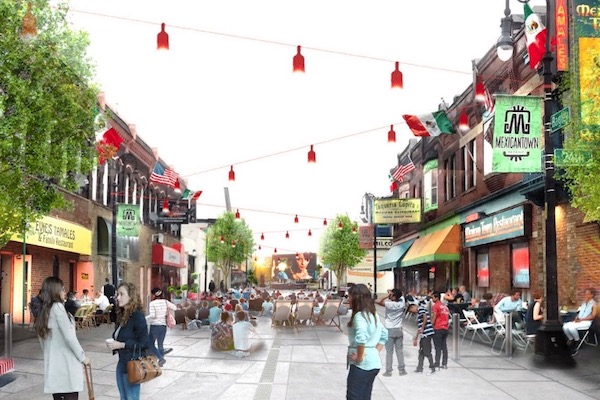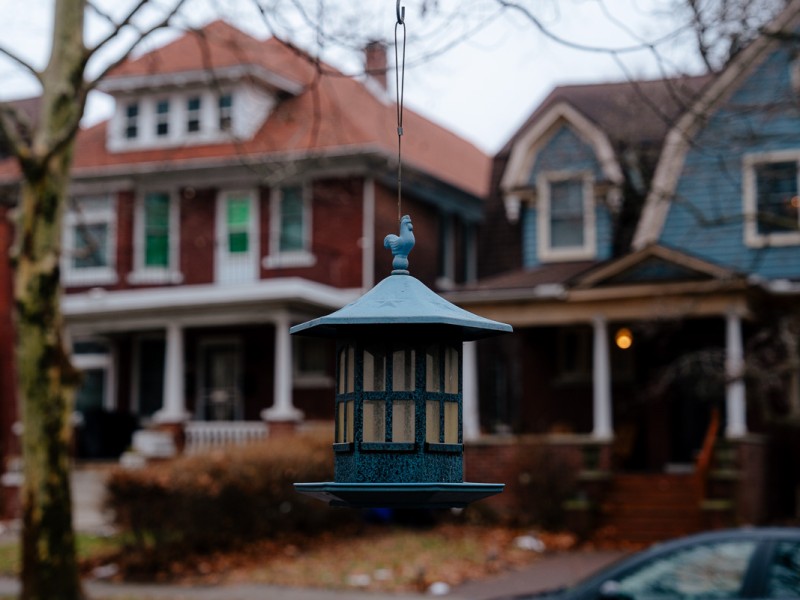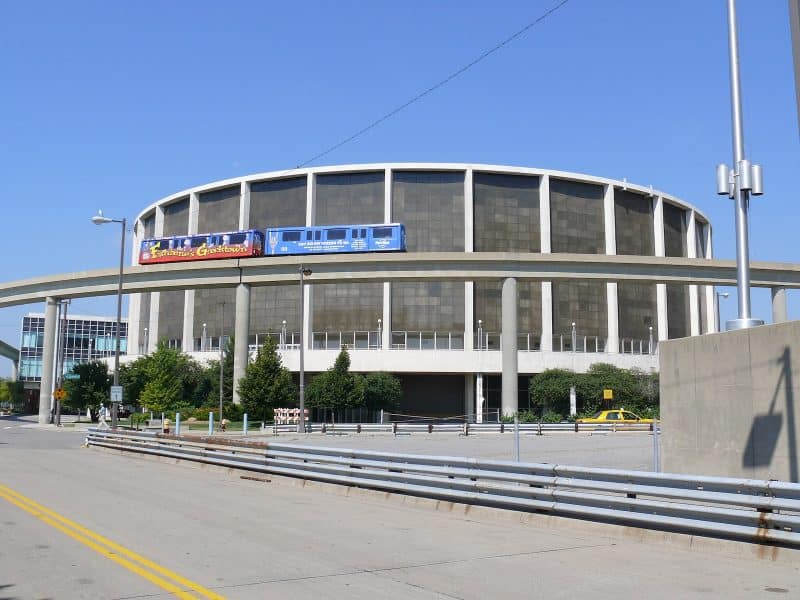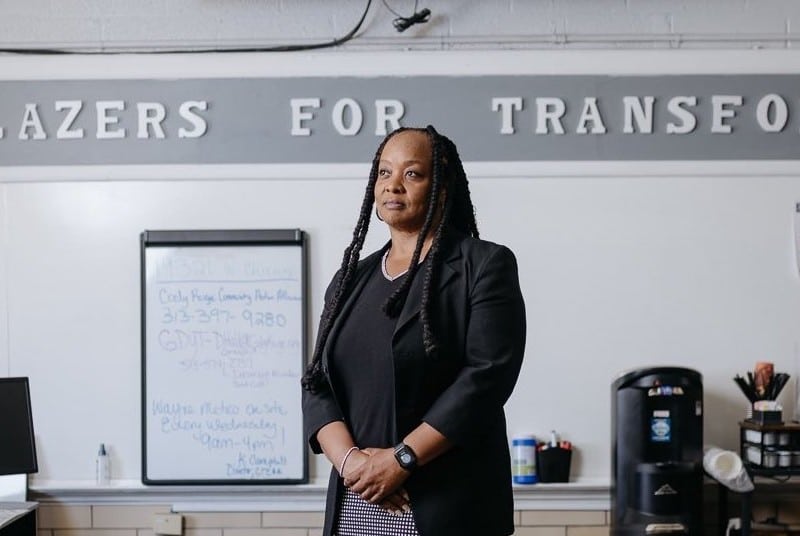Planning Talks: Why the process of developing a plan differs in each neighborhood
Detroit's Planning Department is currently developing or will soon develop plans with residents in over 10 neighborhoods. Despite the daunting slate, the department is not taking a one-size-fits-all approach.

For the next few months, Model D will sit down with Maurice Cox, the city of Detroit’s Planning Director, to talk about the work of his department. Read the first article from our talks here.
Maurice Cox, director of the Planning Department for the city of Detroit, has set an ambitious agenda for his department. It’s currently developing or will soon develop plans with residents in over 10 neighborhoods — detailed plans that cover housing, policy, infrastructure, development, and more.
Despite the daunting slate, Cox says his department is not taking a one-size-fits-all approach. While he believes in certain design principles — such as the value in providing multiple transit options and creating strong commercial corridors that make it easier for residents to access amenities — each plan is distinct because each neighborhood is distinct.
“We go in and try to listen to residents about what the unique attributes of that neighborhood are and lift them up, amplify them, and build a strategy around them,” Cox says. “That’s why, when all is said and done, we’re going to have easily a dozen different strategies that are place-based.”
The job of his department is not to simply apply their principles onto the plans. Instead, it’s to listen to what residents say they want their plans to be. “The role of the designer is to be the ghost writer of the story,” Cox says.
That’s why there’s so much variation within each plan, in both process and result.
While many have been undertaken in areas that have a commercial corridor, newer frameworks in Banglatown and soon Delray, don’t have local main streets.
There’s other important differences, too. “Banglatown is the first where you have a large Bangladeshi community as part of mix,” Cox says. “You also have a local nonprofit developer, Powerhouse Productions, that may produce a different kind of economic development strategy. Something unique is going to come out of that process that could only exist in Banglatown.”
In deep southwest Detroit and part of the most polluted zip code in Michigan, Cox expects the Delray process to focus heavily on the neighborhood’s environmental challenges and developing landscape strategies to deal with water and air quality. “I suspect that when we talk to residents, we’ll try to figure out how we can make Delray the greenest zip code in Detroit,” he says.
On the east side in Jefferson Chalmers, an area with beautiful old homes on the Detroit River and historic structures like the Vanity Ballroom, a frequent theme has been preservation.
Older buildings that have been vacant for years often requires enormous investment in not only repairs, but also upgrades in cases where it will be adapted for a different purpose. Finding necessary funding up front is almost always a challenge.
That’s why the Planning Department has been working with the Urban Land Institute to develop principles around “tactical preservation,” a strategy for partially rehabbing a building and making it useful while collecting the necessary funds over time.
“In areas where you have slow or no market growth, what do you do with a 200,000-square-foot school or recreation center or church that’ll never be what it once was?” Cox says.
Cox cites The Alger Theater as a case where this strategy has been successfully implemented. Friends of the Alger Theater secured funding to renovate storefronts while the theater and lobby are stabilized until further investment is secured. In the meantime, it’s brought back to the life of the street.
“Detroit has to determine what can be saved and attract capital, what can be preserved and mothballed for another day, and what can we let go of,” Cox says. “Currently, we don’t have a highly developed matrix for how make those decisions. But we will as result of this process.”
And something totally different has just begun in Cody Rouge. The city hired an urban design studio based in New Jersey, Hector, to facilitate the development of a youth-led plan in the neighborhood. Eventual designs will focus around creating a safe and healthy neighborhood for children and families. Among Detroit neighborhoods, Cody Rouge has one of the highest percentages of kids under the age of 18.
Cox is particularly excited about this process because youth perceive things in ways adults are often no longer able to.
“Imagine a neighborhood through their eyes,” he says. “When is a sidewalk not just a sidewalk? When it is it a sprint track or a place for hopscotch? When is waiting for the bus more than just standing or sitting on the curb? If you asked a kid what could a bus stop be, there might be a swing, a stationary bike, or something entirely new. We know that when you ask kids questions about the built environment, they come up with ingenious answers.”
And, he adds, it just makes sense to have youth be integral to planning a neighborhood’s future.
“Planning tends to have a 20, 30-year window. We’re making investments that will shape a place for decades,” Cox says. “It makes sense that the people who are going to be around in that time do the planning. That hasn’t normally been the practice because planning has traditionally been an adult process.”





